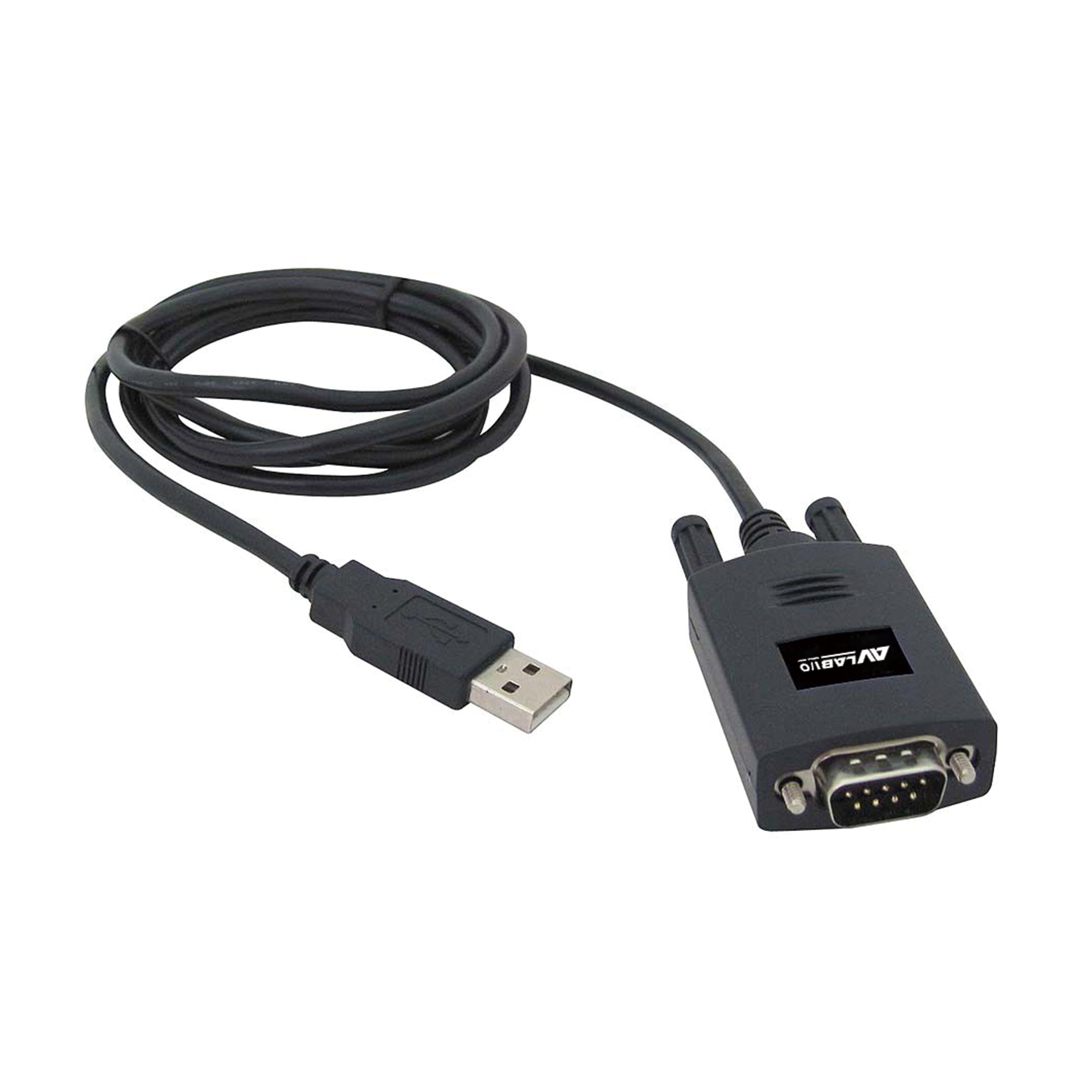- AVLAB-US01-1
- AVLAB 1-Port USB to Serial Adapter Cable, USB 2.0, Single Port, DB9 RS-232, 230Kbps
■ Designed to add one 9-pin RS-232 serial port to your USB-equipped system ■ Supports data transfer rates up to 230 Kb/s ■ Works flawlessly with RS-232 serial devices such as modems, ISDN terminal adapters, PDAs, bar code scanners, label printers, and many more
Eigenschaften
Designed to add one 9-pin RS-232 serial port to your USB-equipped system
Supports data transfer rates up to 230 Kb/s
Works flawlessly with RS-232 serial devices
such as modems, ISDN terminal adapters, PDAs, bar code scanners, label printers, and many more
Requirements
USB-equipped desktop or notebook PC
Windows® 10 (32-/64-bit) / 8 (32-/64-bit) / 7 (32-/64-bit) / Vista (32-/64-bit) / XP (32-/64-bit) / Server 2003 & 2008 (32-/64-bit) / Server 2008 R2 / 2000
Package Contents
USB to Serial-Value
Driver CD
Installation guide
Spezifikation
Chipset: Prolific PL2303HXD
Compliant with USB specification, revision 1.1
Data transfer rate: 230 Kb/s (max)
Length: 4.9 ft (1.5m)
Weight: 0.2 lbs
Interfaces/Ports:
■ USB, Type A, Male
■ 9-pin (DB9), RS-232, Serial, Male
Certifications/Standards: FCC, CE, RoHS
Warranty: 1 years limited
Country of origin: China
Herunterladen
FAQ
- Q: What is USB Type-C?
- USB-C is a type of USB connector that is capable of supporting the following: ■ Data transfer speeds up to 10Gbps, if you use USB 3.1. ■ Bi-directional power delivery up to 100W, if both the USB host connection and the device support it. ■ Alternate modes, which deliver different types of data at different speeds. For example, DisplayPort Alternate Mode (DP Alt Mode). If using Thunderbolt 3 over USB-C, the connection is capable of additional features. For example, Thunderbolt 3 is capable of 40Gbps of total bandwidth. Not all USB-C ports or devices are capable of supporting all of the features listed above, or all of the features at the maximum capabilities. If you require a specific USB-C feature, your USB host connection, cables, and device must all support the feature that you require. For more information about whether your components support specific USB-C features, refer to the information provided by the manufacturers.
- Q: How do I confirm that Windows detects my USB device?
- To confirm that Windows detects your USB device, complete the following: Press the Windows key+R, type devmgmt.msc, and press Enter. In Device Manager, under the appropriate heading, confirm that your expansion card is listed and that there isn't an exclamation mark next to it. For example, a USB device would be under Universal Serial Bus controllers.
- Q: How do I confirm that Windows detects my expansion device?
- To confirm that Windows detects your expansion card, complete the following: Press the Windows key+R, type devmgmt.msc, and press Enter. In Device Manager, under the appropriate heading, confirm that your expansion card is listed and that there isn't an exclamation mark next to it. For example, a USB device would be under Universal Serial Bus controllers.




